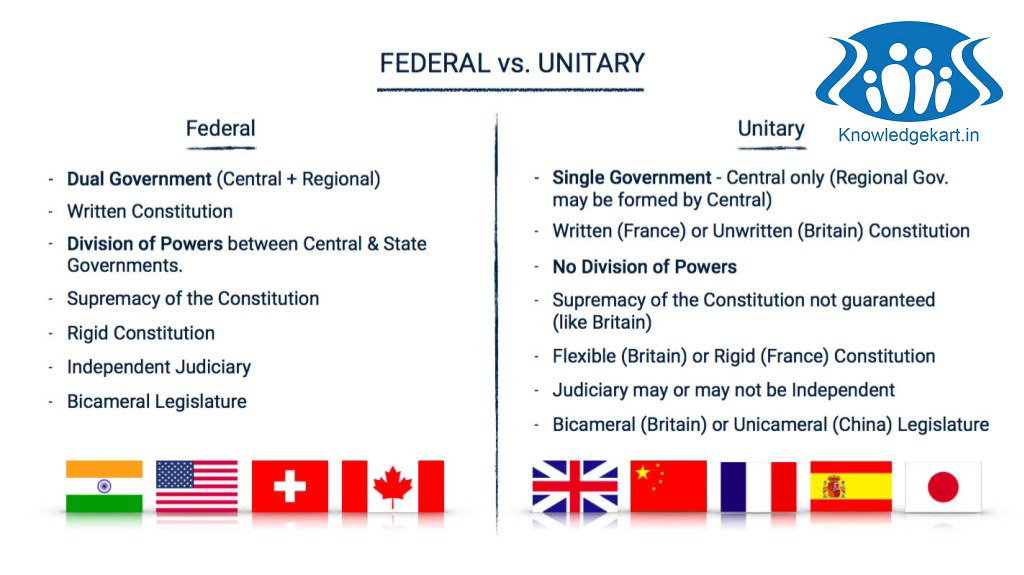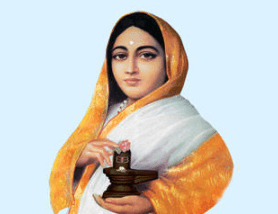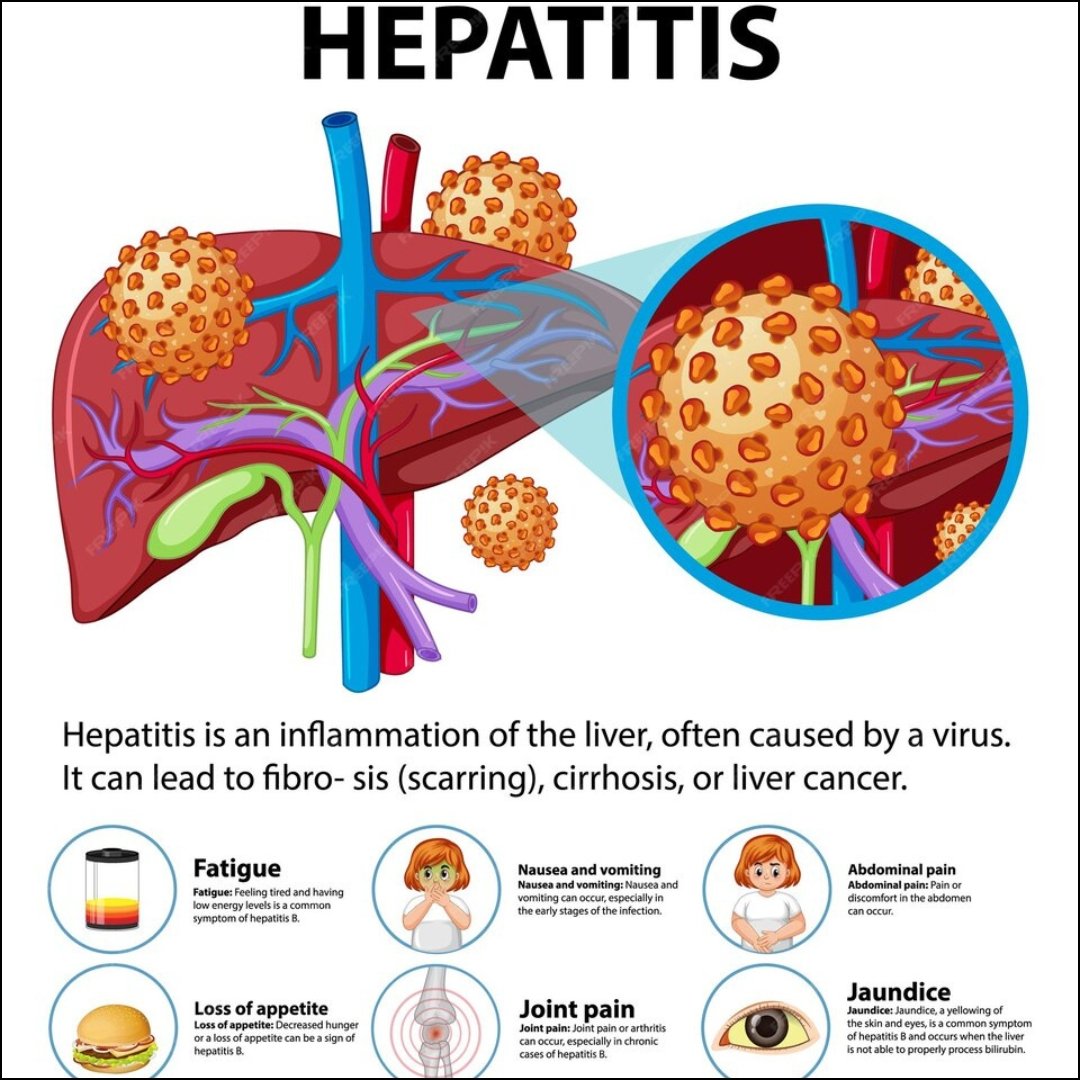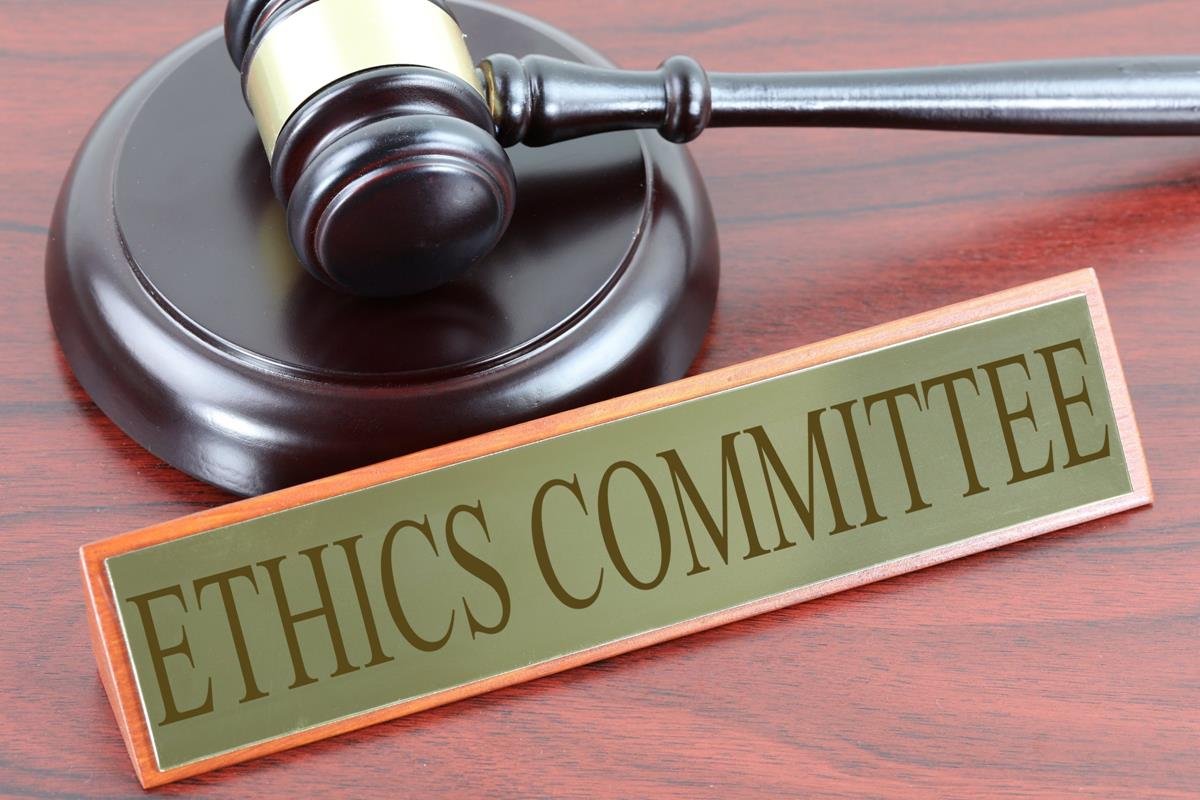
Asymmetric Features of Indian Federalism
Subscribers of "Current Affairs" course can Download Daily Current Affairs in PDF/DOC
Subscribe to Never Miss an Important Update! Assured Discounts on New Products!
Must Join PMF IAS Telegram Channel & PMF IAS History Telegram Channel
- Context (TH): Special status demand from Bihar and the recent SC verdict on Art 370 have again highlighted the nature of asymmetric federalism existing in India.
- “Asymmetric federalism” is based on unequal powers and relationships in political, administrative, and fiscal arrangements between the units constituting a federation.
- Asymmetry in the arrangements can be viewed in both vertical (between centre and states) and horizontal (among the states) senses.
- It need not necessarily be the outcome of constitutional arrangements but can also result from conventions in a federation.
Asymmetric Features of Indian Federalism
- Asymmetric features of Indian federalism can be understood under the following heads:
- Vertical asymmetry
- Horizontal asymmetry
- Fiscal/Financial asymmetry
1. Vertical Asymmetry (Between Centre and States)
- Article 3 of the IC: The Centre can unilaterally alter the state names and boundaries.
- Article 352 & 356: Provisions related to imposition of National Emergency and President’s rule.
- Article 248: Residuary powers of legislation rests with the parliament.
- More power vests with the Centre:
- IC guarantees more powers with the Union List.
- On the Concurrent List subjects, the parliament can make laws that can override the laws made by state legislatures.
- Parliament can also make laws regarding certain subjects in the State List.
- Emergency powers: The centre is provided with emergency powers. When an emergency is imposed, the centre has increased control over states.
- Integrated judiciary: The judiciary in India is integrated. There is no separate judiciary at the centre and the state levels.
- Single citizenship: In India, only single citizenship is available to citizens. They cannot be citizens of the state as well.
- Governor’s appointment: The governor of a state acts as the centre’s representative in the state.
- All India Services: Through the All India Services, such as the IAS, IPS, etc., the centre interferes with the executive powers of the states.
- Integrated election machinery: The Election Commission of India is responsible for conducting free and fair elections at both the center and the state levels in India.
- Veto over state bills: The governor of a state can reserve certain kinds of bills for the president’s consideration.
- Integrated audit machinery: The country’s president appoints the CAG, who audits accounts of both the centre and the states.
2. Horizontal Asymmetry (Between States/UTs)
- Classification of states: In 1950, IC contained a four-fold classification of the states of the Indian Union — Part A, Part B, Part C, and Part D States.
- Unequal representation of states in the Rajya Sabha: The representation of the states in the upper house is based on the states’ populations.
- For example, Uttar Pradesh has 31 seats, and Goa has 1 in the Rajya Sabha.
|
|
- Part VIII of IC: Part VIII of the Indian Constitution has provisions related to the Union territories (UTs) whose federal arrangements are different from states.
- Art 371A-371J of IC: Special position, powers, and protection enjoyed by north-eastern states.
- Schedule 5: The Fifth Schedule of IC deals with the administration and control of Scheduled Areas and Scheduled Tribes residing in any State other than Assam, Meghalaya, Tripura, and Mizoram.
- Schedule 6: The Sixth Schedule of IC provides for the administration of tribal areas in Assam, Meghalaya, Tripura, and Mizoram. These create autonomous districts and autonomous regions.
-
Asymmetry within UTs
- Puducherry and Delhi have legislatures, while the other UTs do not have legislatures or a ministerial council.
- Puducherry has legislative powers on any matter mentioned in the State List or the Concurrent List. Delhi has three further exceptions: police, land, and public order are under GOI.
- Puducherry is ‘non-contiguous’ despite being a single administrative unit.
-
Art 371 of IC
- The governor of Maharashtra can establish separate development boards for Vidarbha & Marathwada.
- The governor of Gujarat has a similar responsibility towards Saurashtra, Kutch, and the rest of Gujarat.
-
Article 370 (Now amended)
- J&K was allowed to have its own Constitution and its definition of ‘permanent residents’.
- It had the right to bar outsiders from holding property.
- Indian laws had to be specifically permitted by its Assembly before India could operate there.
- J&K was allowed to have its own Penal and Criminal Procedure Codes.
|
3. Fiscal Asymmetry
- Vertical asymmetry: As per the recommendations of the 15th Finance Commission, the share of states in the central taxes for the 2021-26 period is recommended to be 41%.
- Devolution among states (Horizontal asymmetry): Criteria like income distance, demographic performance, forest and ecology, etc., are used for devolution among the states.
- Centrally sponsored schemes (CSS): For special category status states, the Centre pays 90% of the funds required in a CSS as against 60% in the case of normal category states.
Need for Asymmetric Federalism
- Plurality of Indian society: Asymmetrical federalism is necessary for a multicultural and diverse country such as India.
- Accommodation and integration: Asymmetrical federalism allows for self-rule within the framework of shared rule, and it follows the principle of weighted and differentiated equality.
- Protection of minorities: By giving more power and autonomy to regions where certain minority groups are concentrated, asymmetrical federalism ensures that these groups are not marginalised.
- State-specific issues: Asymmetrical federalism ensures that the state-specific issues are given the attention and resources they need.
- Strengthening federalism: Strengthens federalism by ensuring decentralisation of power and decision-making as per requirements of the federal units.
- India’s founding fathers recognized the need for a salad bowl approach to governance, which recognizes the distinctive cultural differences in the country and permits self-rule within the scheme of a shared rule.
Salad Bowl & Melting Pot Approach
|
Federalism Vs Unitary Form of Government
- A unitary system is governed constitutionally as one single unit with one constitutionally created legislature.
- In the federal constitution, there is a division of powers between the federal and the state governments.

Why is India called “Quasi Federal”?
|
Types of Federation
Coming together federation
- It is a federation in which all the independent states come together to form a large federation unit with equal power distribution.
- All the states are under the central government and follow its regulations.
- Independent states unite to increase security, consolidate their sovereignty and retain their identity.
- Examples of the coming together are the USA, Switzerland and Australia.
Holding together federation
- It is a federation where the country’s powers are divided between the central government and constituent states.
- The central government has greater authority than the states.
- It has the right to ensure the sovereignty of the country.
- Examples of holding together federations are India, Spain, Belgium, etc.





![PMF IAS Environment for UPSC 2022-23 [paperback] PMF IAS [Nov 30, 2021]…](https://pmfias.b-cdn.net/wp-content/uploads/2024/04/pmfiasenvironmentforupsc2022-23paperbackpmfiasnov302021.jpg)











